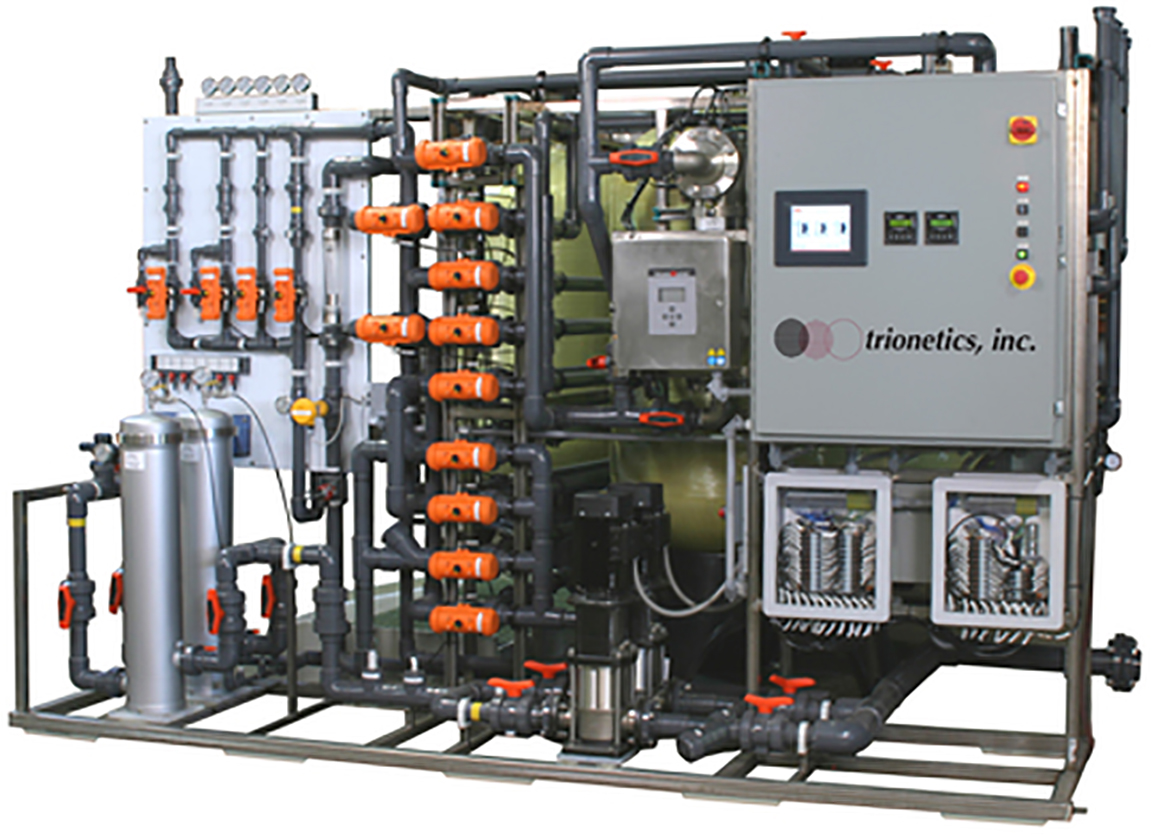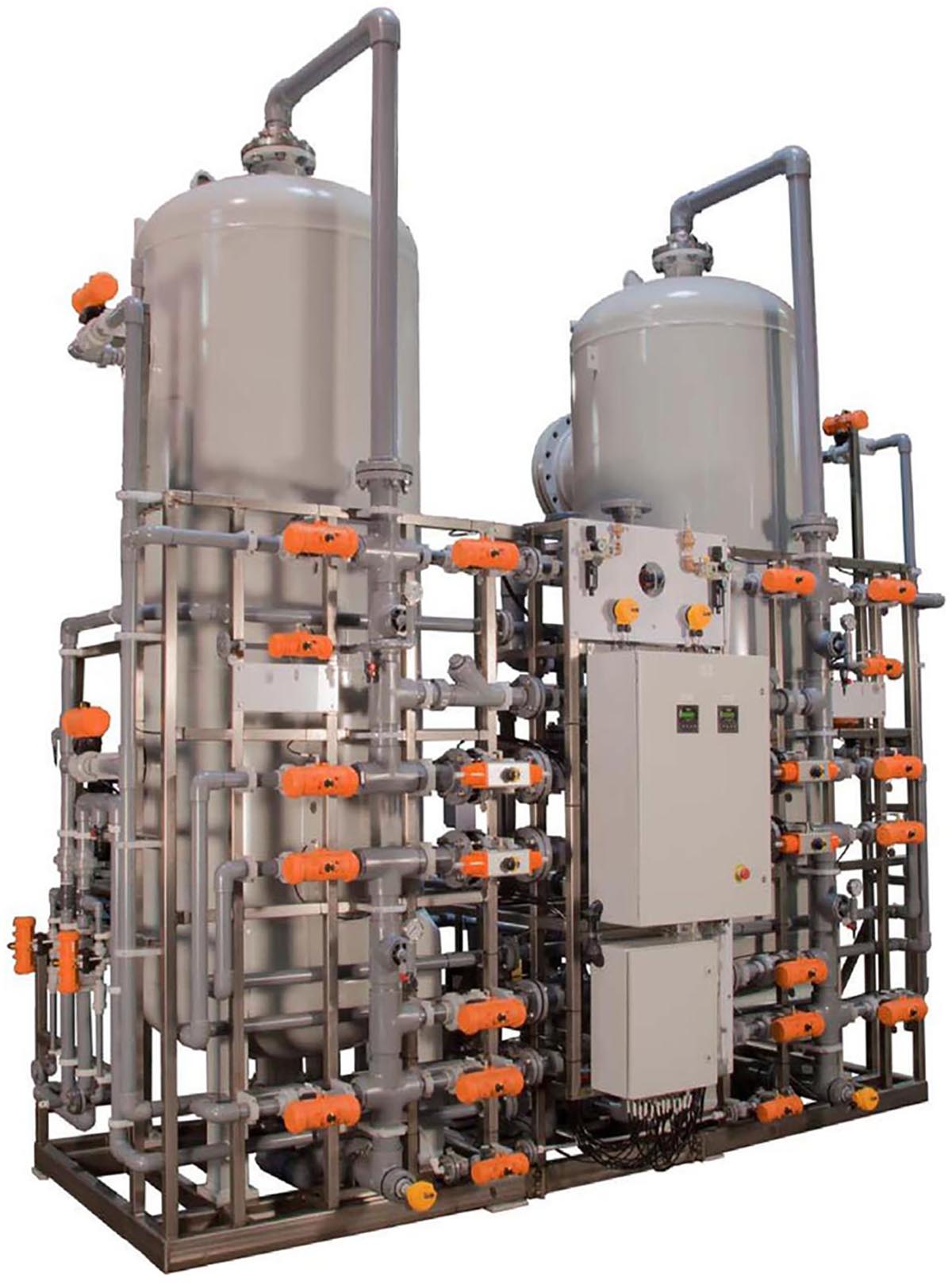Clean Water of All Impurities
We have both separate and mixed bed deionization systems so that you can find the right one for your needs.
Deionization is a method of water purification that removes mineral salt contaminants. Calcium, copper, iron and sodium ions, as well as anions such as bromide and chloride, are removed during the purification process. Deionization is a method used when clean water is required immediately due to the rapid degradation of highly pure water.
In ion-exchange resin tanks, negative and positive molecules in water are exchanged with hydrogen (positive) and hydroxyl (negative) molecules to purify potentially polluted water. Filtration effectively removes organic contaminants, improving water quality and reducing scale formation. In addition, the resins bind to any mineral salts in the liquid, separating them from the water and allowing only pure water to exit the tank. As a result, deionized water is a commonly used solution in manufacturing facilities.
Because the degree of purification provided by deionization tanks varies depending on the resin and the deionization technique employed, it is crucial to select the right one for each application.

